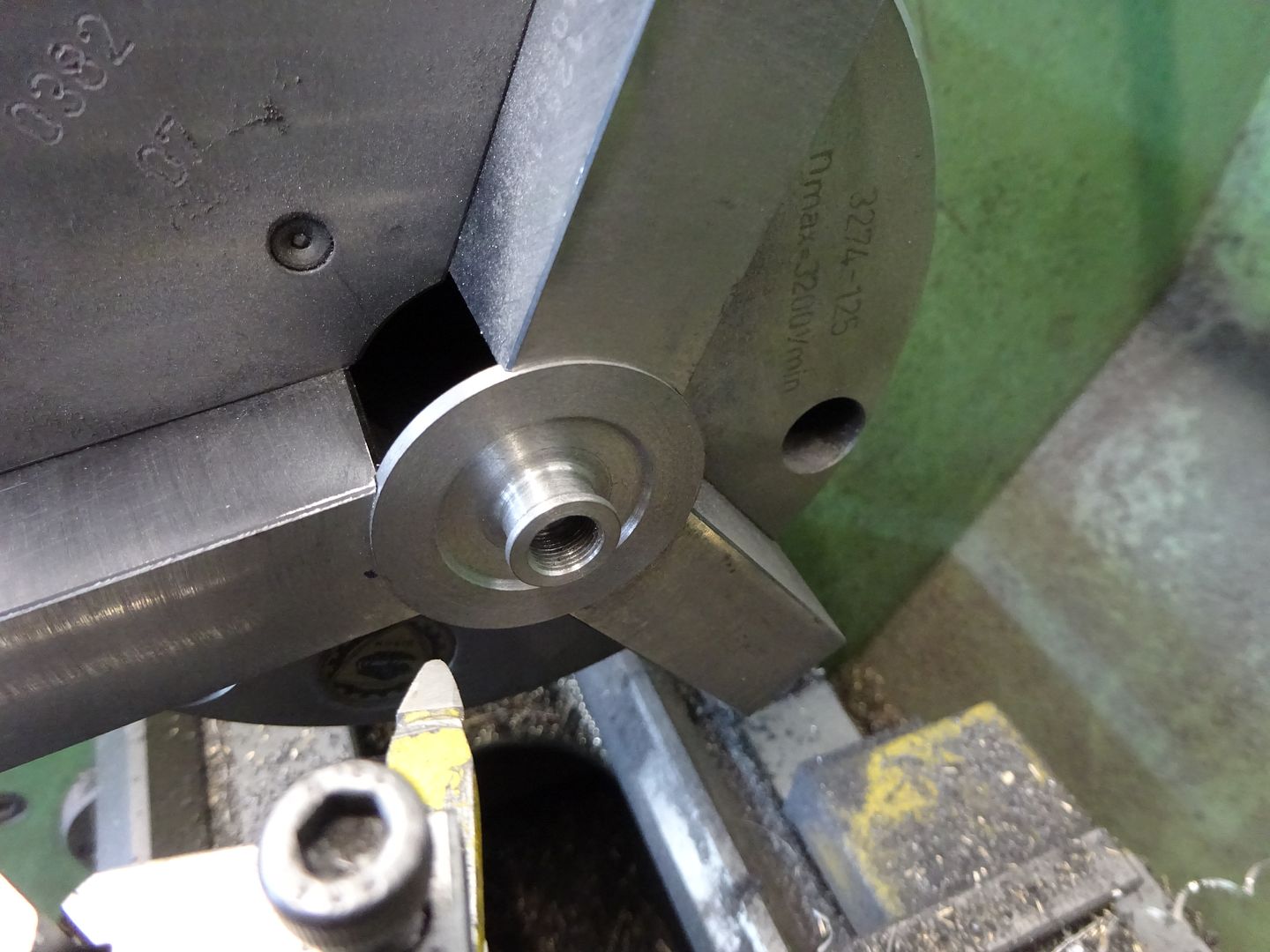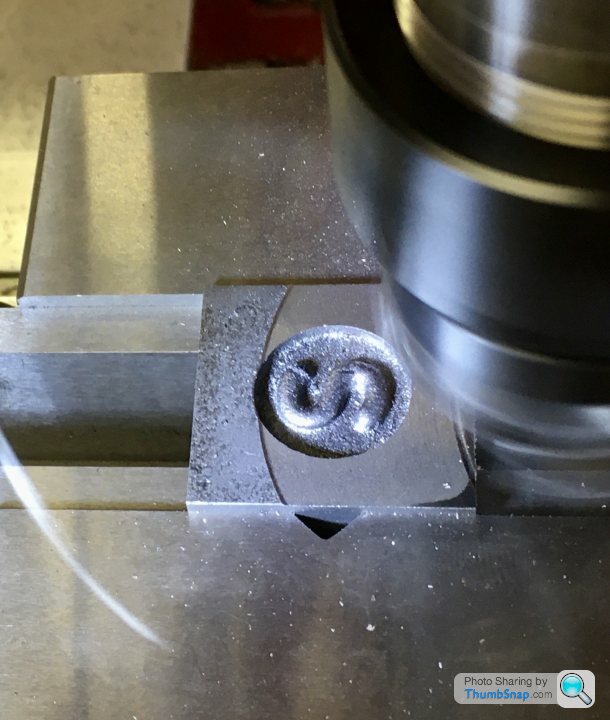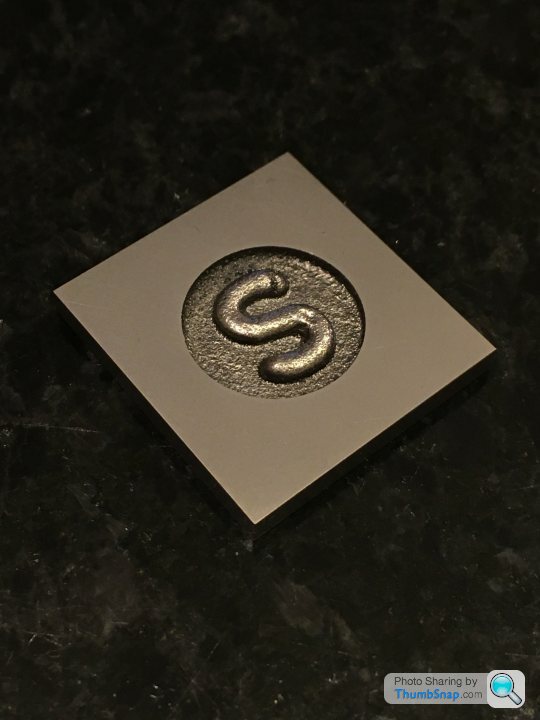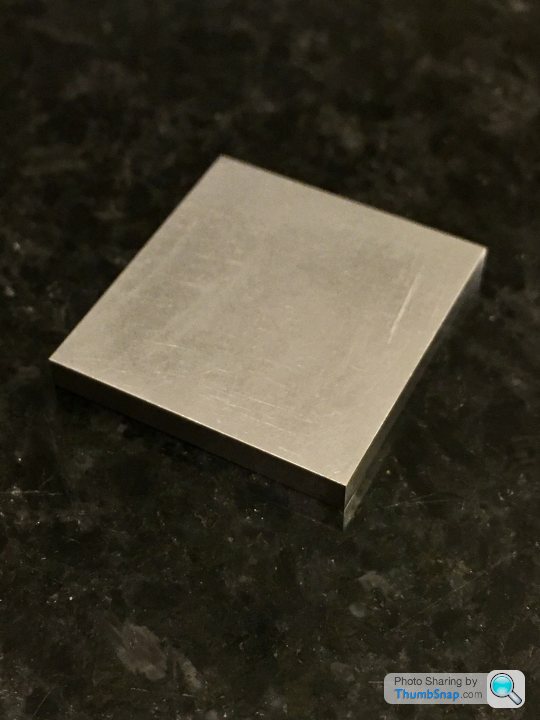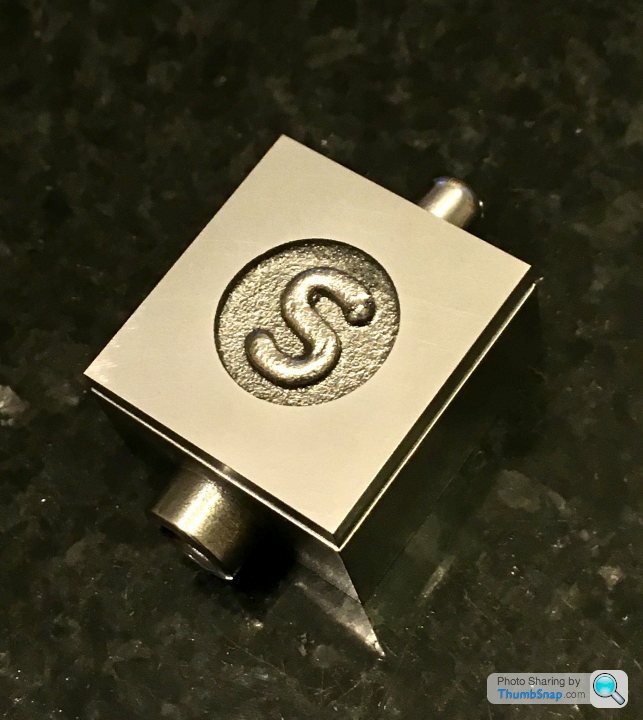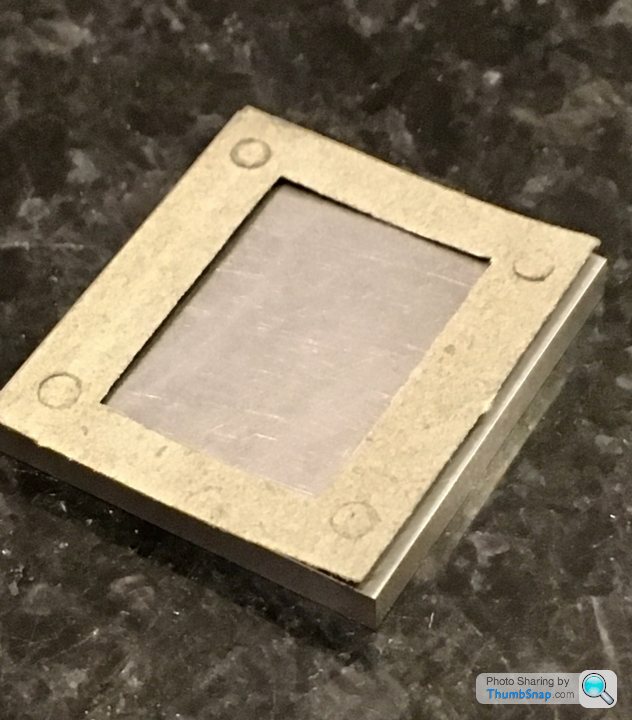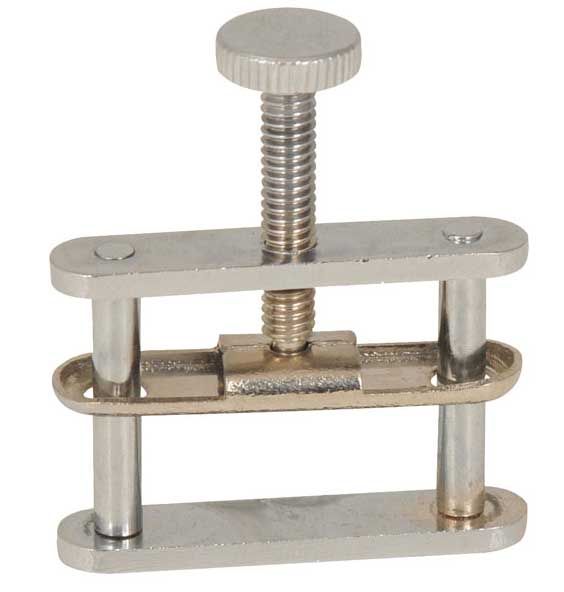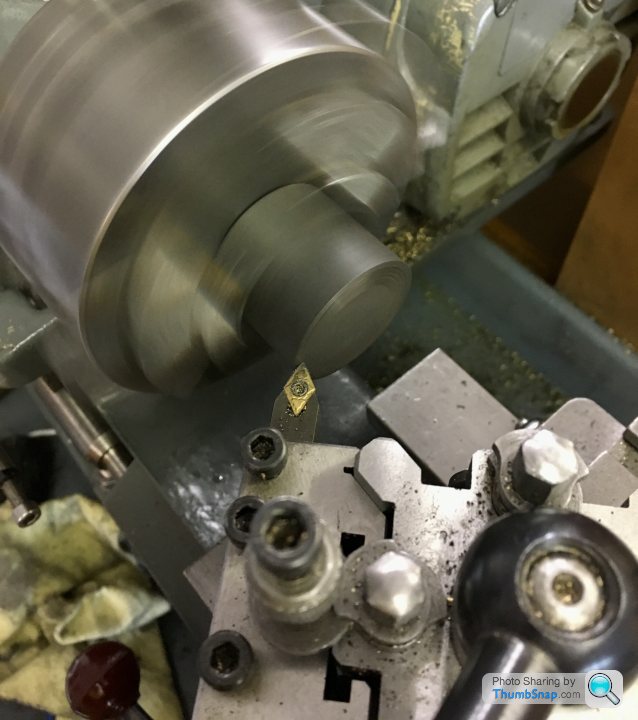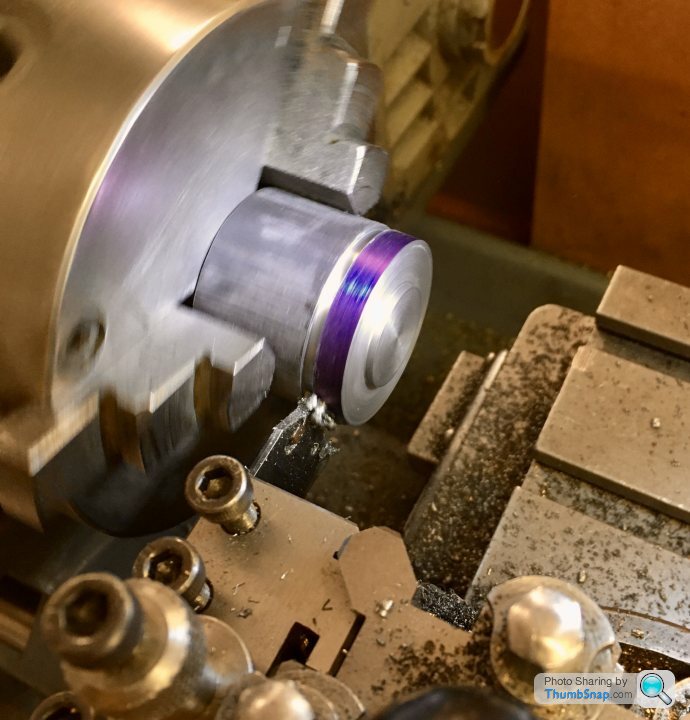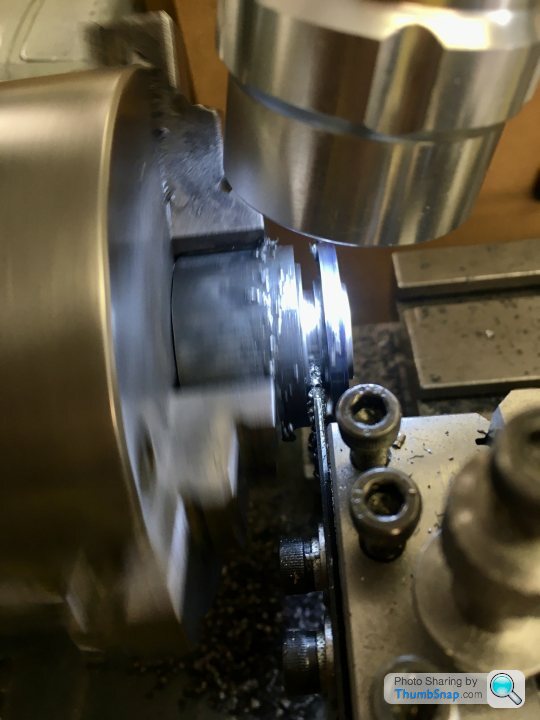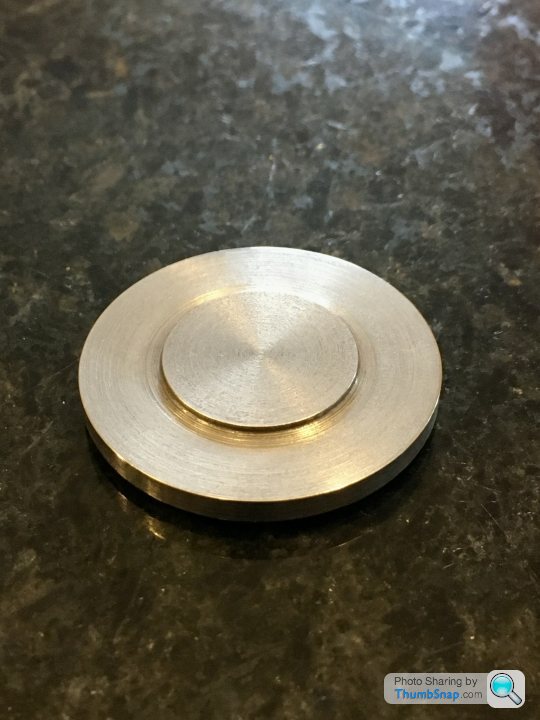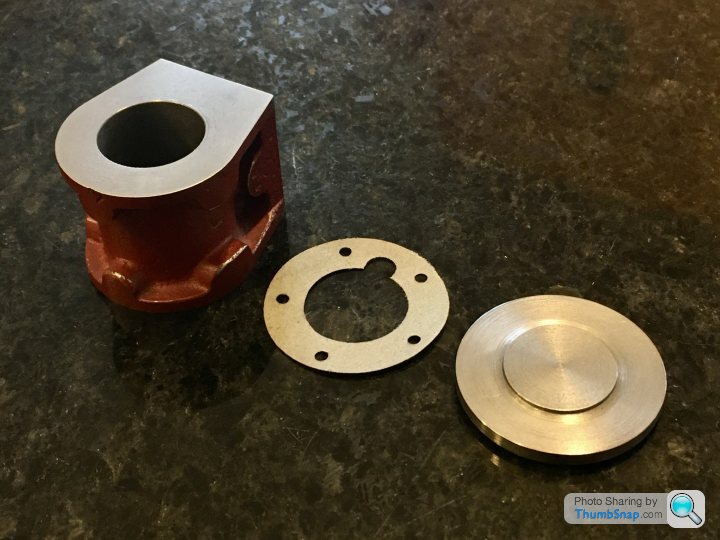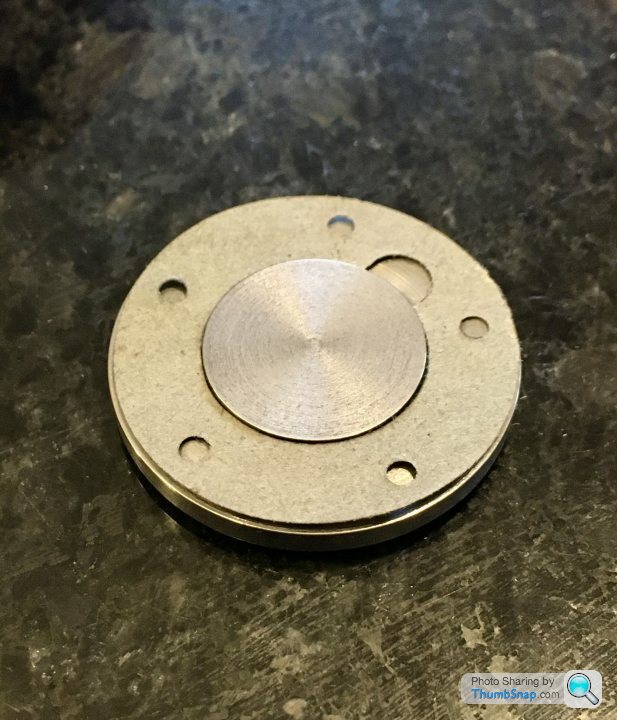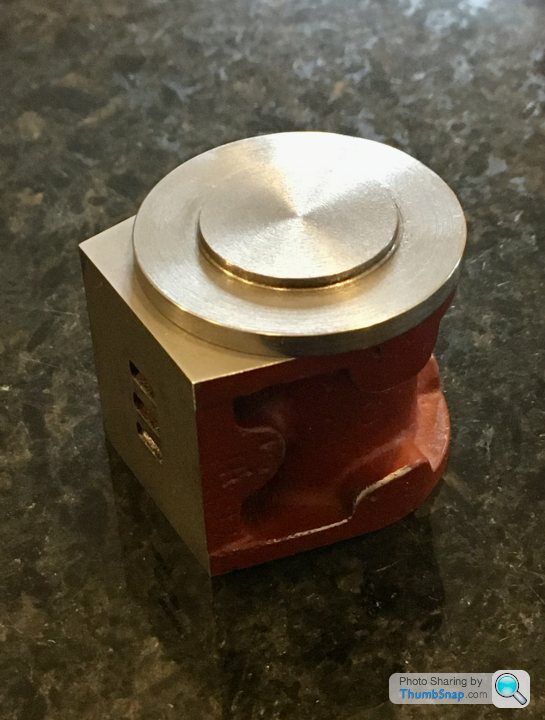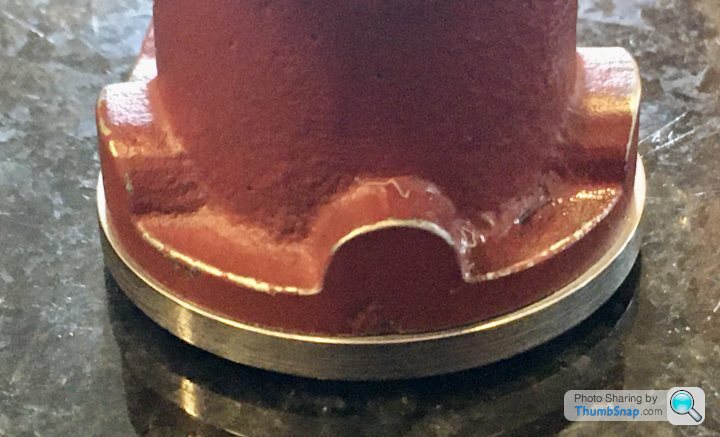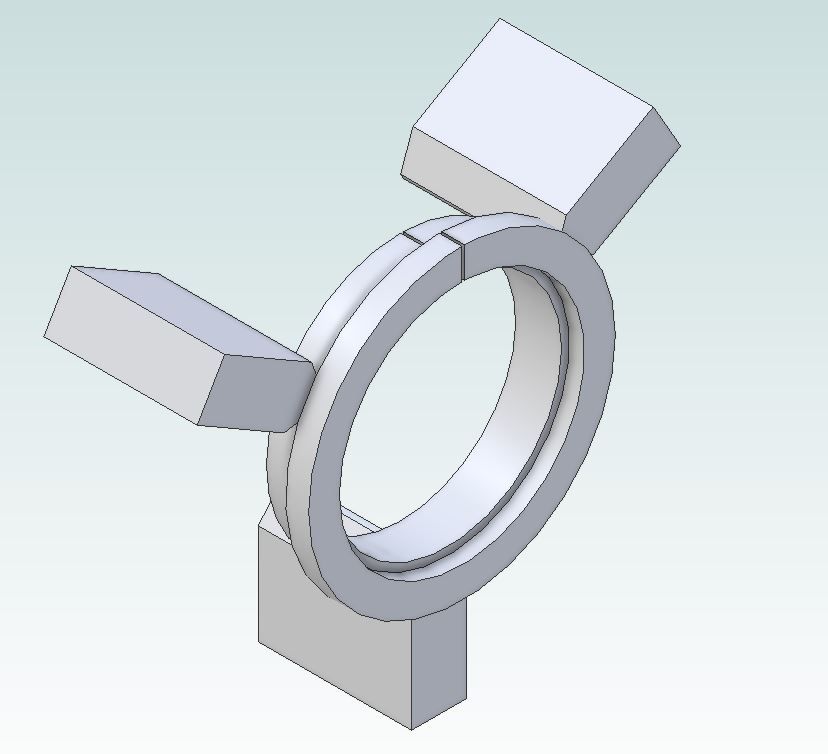So I made a start on the cylinder covers, firstly the top one, because It’s much less critical than the lower. The only feature that’s important is the spigot that fits into the cylinder.
I chucked the cast iron bar in the three jaw, faced and turned to size: 
Then turned the inner spigot, to be a good fit in the bore diameter:

I started to part-off the job, with the intention of reversing it in the chuck and turning the top features. It seemed to be going well, so I decided to part it in two stages- the first to form the upper boss, then move the tool back and part off from the stock:

It actually worked pretty well, but some clean-up was required anyway, and due to this the top boss is a bit short (not that it matters). On balance I should have parted off long, reversed and just turned the other side as normal. In the end my initial method could have worked, but as usual didn’t quite.
Anyway, it fits the cylinder, and it’s gasket, and it looks ok:




I was hoping the overhang would be concentric around the circular portion, so the lagging plate would be a flush fit. Unfortunately it’s not the case:

So some filing will be needed. Pretty sure I set up the casting pretty much as good as it could have been, so I wonder if the cast surface is slightly bulged? No big deal.
So next the lower cover. I still don’t really know how to reverse and hold it. I don't have soft jaws, and the three jaw chuck isn't great (it didn't matter for the top cover). I'm still wondering if turning a socket in some brass to a press-fit around the gland boss would do, then superglue the half machined cover onto it. If I used my previous double parting off method, then I'd only be cleaning up the face, spigot diameter and depth using very light cuts. All the drilling, tapping and reaming would have been done on the other side already.
Edited By Dr_GMJN on 19/06/2020 17:52:36
Dr_GMJN.


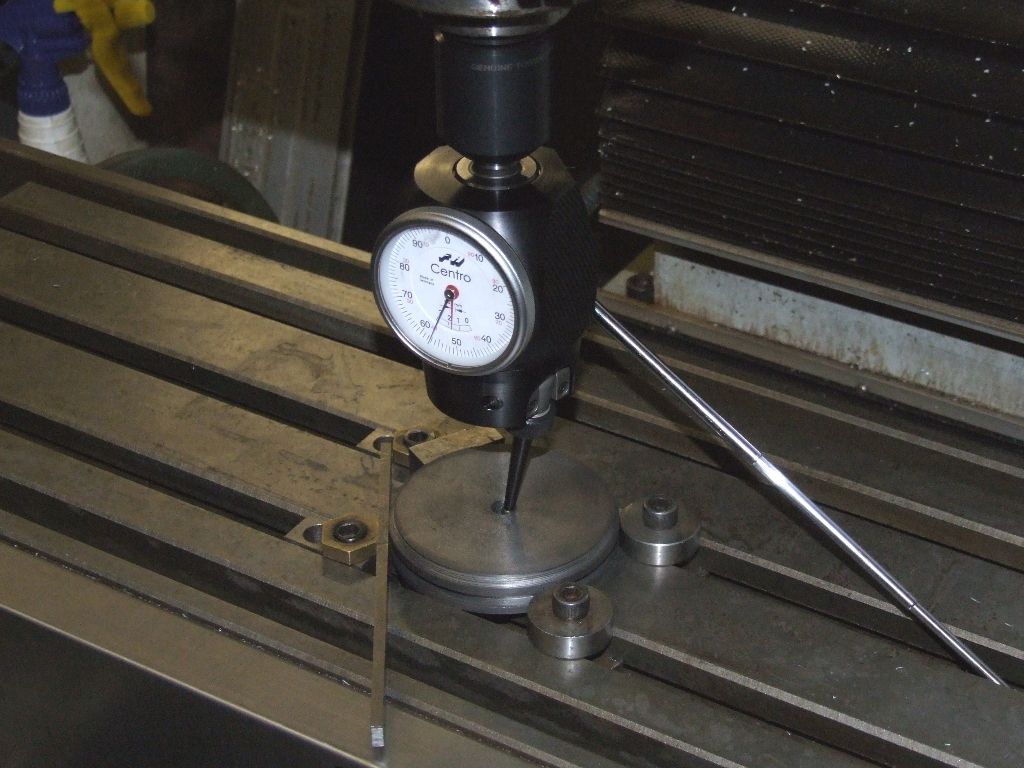
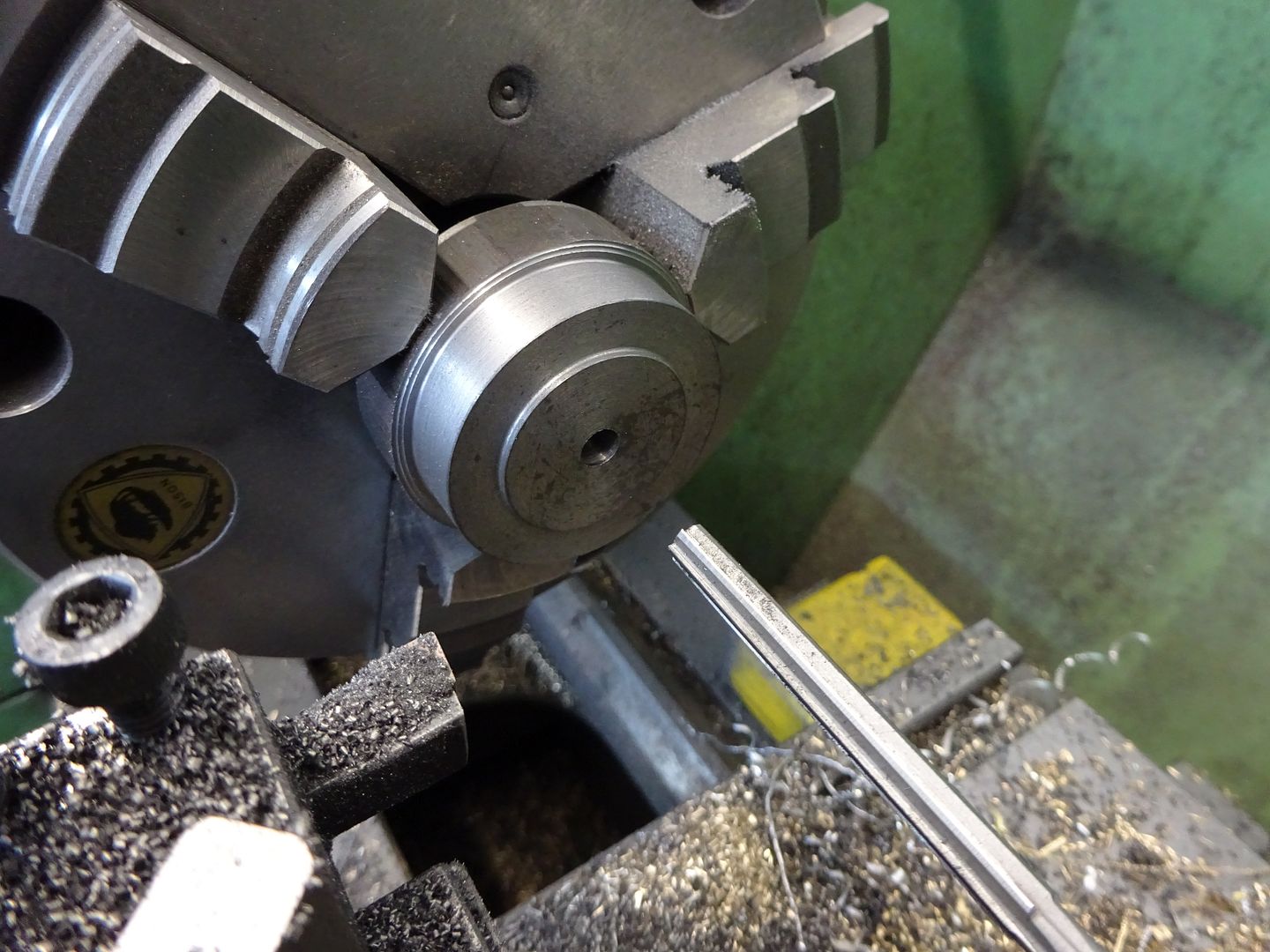 second
second